Table of Contents
Context: A new state-of-the-art Animal Stem Cell Biobank and Laboratory was inaugurated at NIAB Hyderabad by Union Minister Dr. Jitendra Singh, alongside the launch of five groundbreaking veterinary diagnostic tools to boost livestock health and support India’s “Evergreen Revolution.”
Animal Stem Cell BioBank and Laboratory: Key Points
A first-of-its-kind facility
- Animal Stem Cell Biobank and Laboratory inaugurated at National Institute of Animal Biotechnology (NIAB), Hyderabad.
- Cost: ₹1.85 crore; covers 9,300 sq ft.
- Equipped with stem cell culture units, 3D bioprinter, bacterial culture lab, cryostorage, advanced air handling systems, and uninterrupted power.
Supporting infrastructure
- Foundation laid for a new hostel block and Type-IV quarters for research scholars, faculty, and staff at a cost of ₹19.98 crore.
Veterinary innovations launched
To bolster the ‘One Health’ approach, five diagnostic tools were unveiled:
- Rapid detection kit for Brucellosis (field-deployable, DIVA-capable)
- Mastitis Detection assay (cost-effective, on-site)
- Antimicrobial Sensitivity Testing device (results in 2 hours)
- Toxoplasmosis Detection Kit
- Japanese Encephalitis Detection Strip (for mass surveillance)
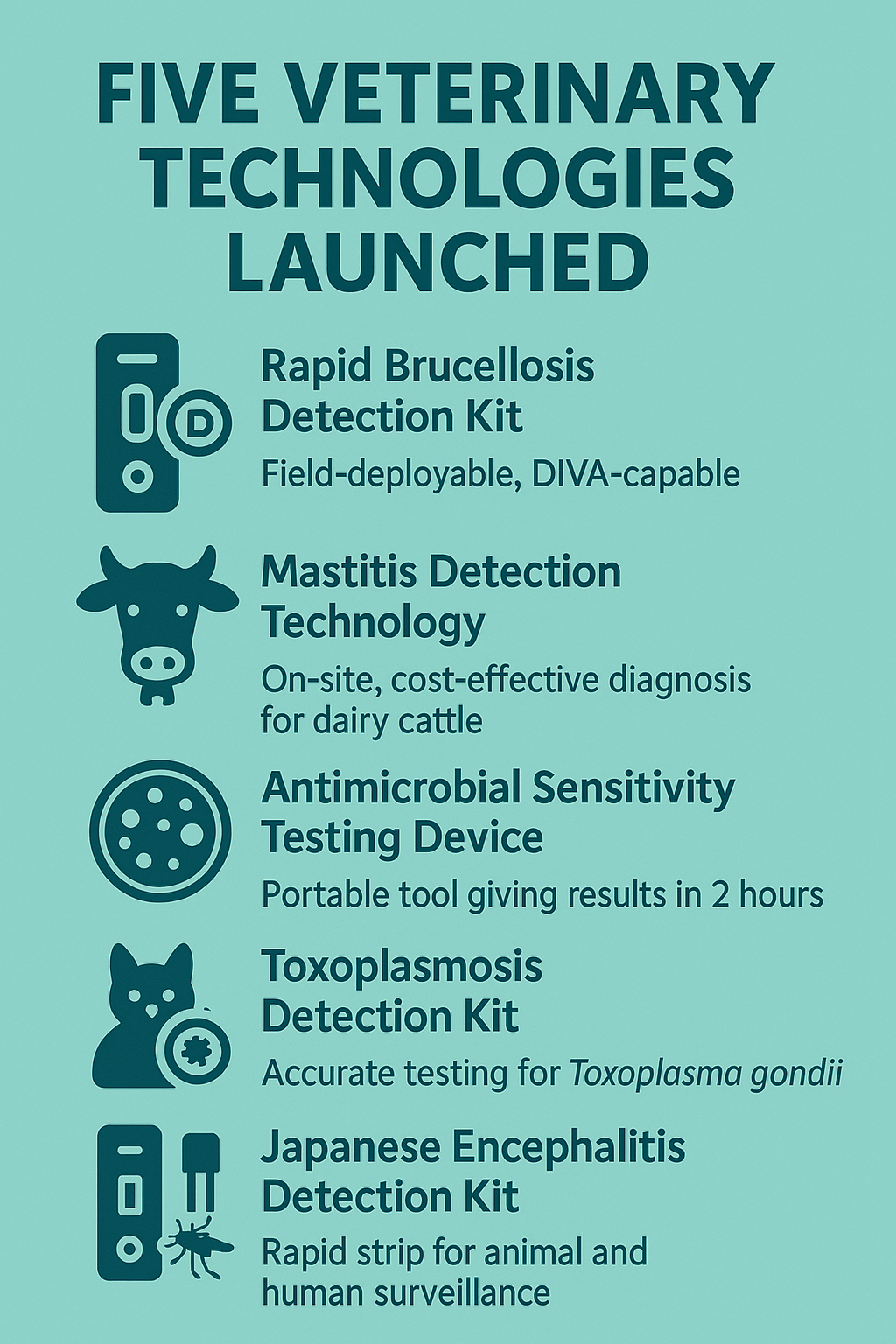
Policy and Vision
- Highlights PM Modi’s Biotechnology BioE3 policy, positioning India as an early mover in biotech innovation.
- Facility expansion supported by the National Biopharma Mission (NBM) under DBT–BIRAC.
- Emphasises veterinary health as pivotal to rural prosperity, livestock productivity, and an “Evergreen Revolution.”
About Stem Cells
- Definition & Potential
- Cells with the ability to develop into many different cell types in the body.
- Under suitable conditions (in the body or lab), they divide to form daughter cells.
- Functions of Daughter Cells
- Either remain as stem cells.
- Or transform (differentiate) into specialised cells like blood cells, brain cells, heart muscle cells, or bone cells.
- Unique Property
- No other cell type in the body can naturally generate new cell types.
- Role in the Body
- Act as a repair system, replacing damaged or lost cells.
- Location in the Body
- Found in various tissues such as the brain, bone marrow, blood, and blood vessels, among others.
Types of Stem Cells
Embryonic Stem Cells
- Derived from embryos aged 3–5 days.
- At this stage, the embryo (blastocyst) contains about 150 cells.
- Pluripotent – can develop into any cell type in the body.
- Useful for regenerating or repairing damaged tissues and organs due to their versatility.
Adult Stem Cells
- Present in small quantities in adult tissues (e.g., bone marrow, fat).
- Have limited differentiation ability compared to embryonic stem cells.

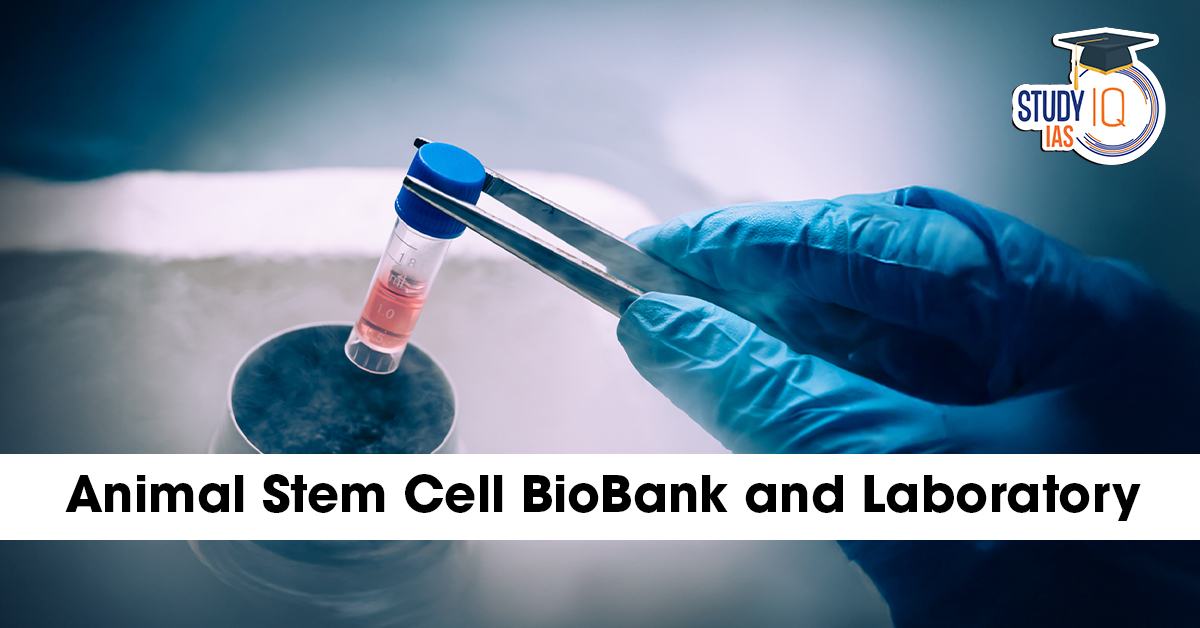
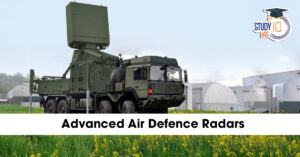 Advanced Air Defence Radars: Types, Comp...
Advanced Air Defence Radars: Types, Comp...
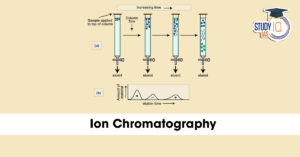 Ion Chromatography, Working and Applicat...
Ion Chromatography, Working and Applicat...
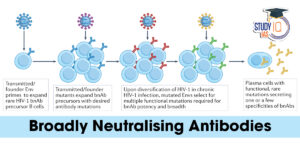 Broadly Neutralising Antibodies (bNAbs):...
Broadly Neutralising Antibodies (bNAbs):...

























